- How Meteorologists Predict Storms Using Satellite Data - October 3, 2025
- What Causes Rainbows And Why They’re Always Curved - October 1, 2025
- 3 Industries Face Crushing New Tariffs as Trade War Escalates - September 28, 2025
State of Emergency Declared in New York

New York Governor Kathy Hochul declared a state of emergency for a large region of the state—including New York City, Long Island, and the Hudson Valley—after powerful thunderstorms began dumping heavy rain across the area on Thursday. The severe weather threat also extends throughout much of the mid-Atlantic.
Thunderstorms Bring Heavy Rainfall and Flash Flood Risk
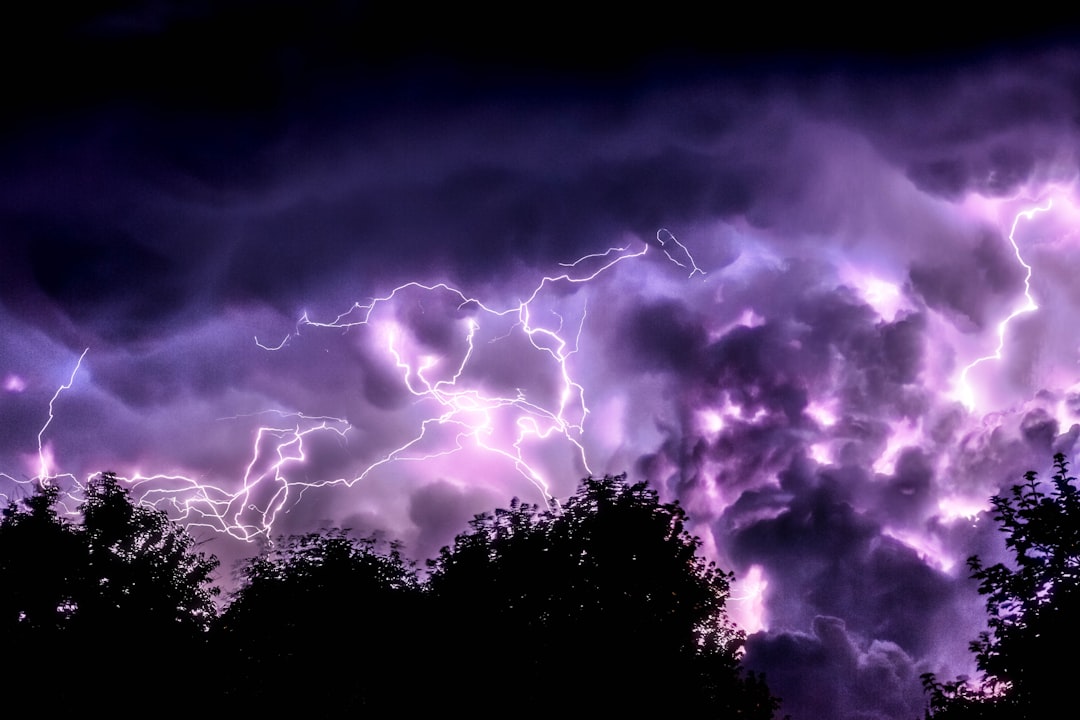
By late afternoon, New York City had already received 1.5 inches of rain, with the National Weather Service predicting continued downpours at rates up to 1–2 inches per hour. Some areas may see as much as five inches, prompting officials to warn of a 70% chance of flash flooding, which could impact basements and subway systems.
Widespread Flood Watches Issued
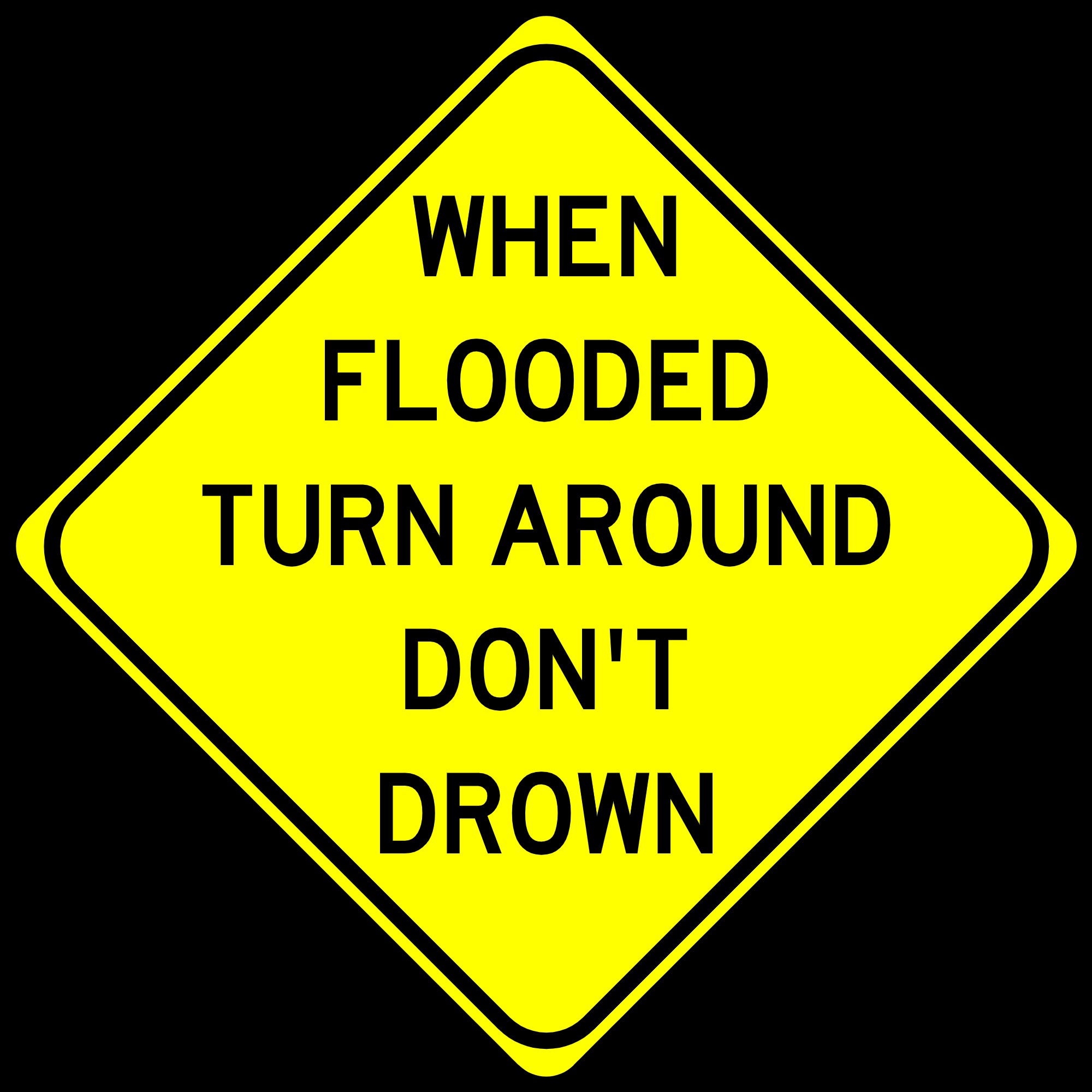
Flood watches are in effect across multiple states—including Virginia, Maryland, Pennsylvania, New York, Connecticut, Delaware, Rhode Island, and New Jersey—due to the ongoing severe weather. A warm, humid air mass ahead of a cold front is expected to produce even more rain and thunderstorms Thursday night, with certain locations at risk of receiving up to seven inches of rain.
Urban and Rural Flooding Concerns
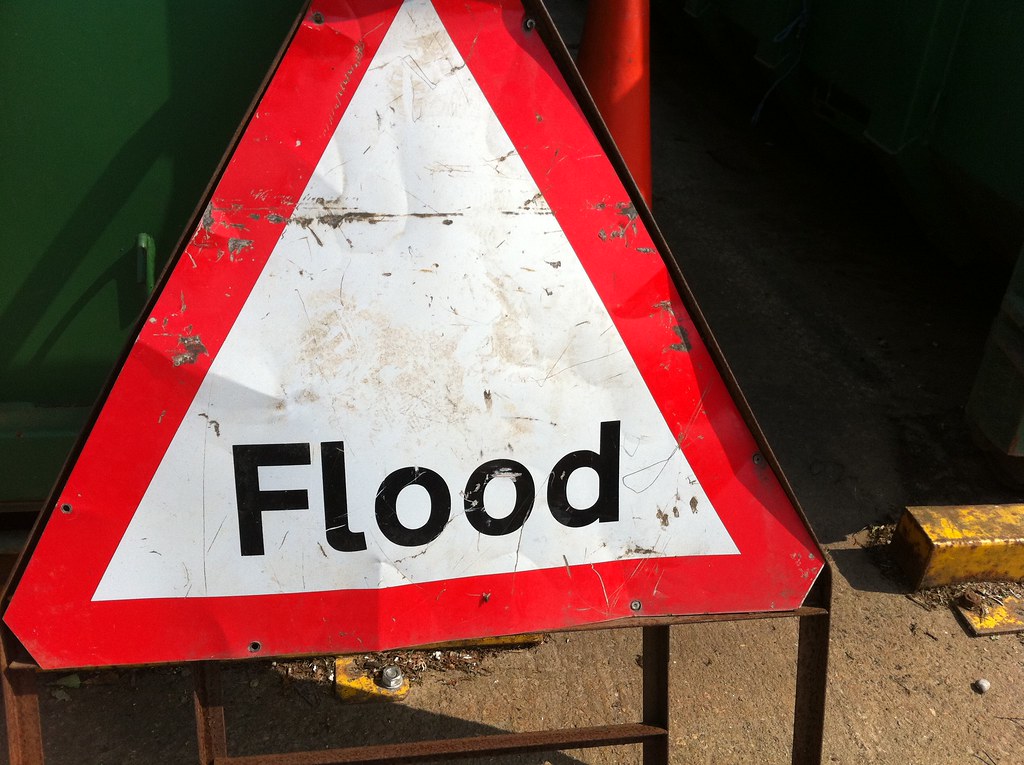
The National Weather Service cautions that the heavy rainfall could lead to excessive runoff, causing rivers, creeks, and streams to overflow. Urban areas with poor drainage systems are especially at risk for flooding. While the Northeast deals with rain and flooding, the Southeast faces dangerous heat advisories.
Extreme Heat Warnings in the Southeast
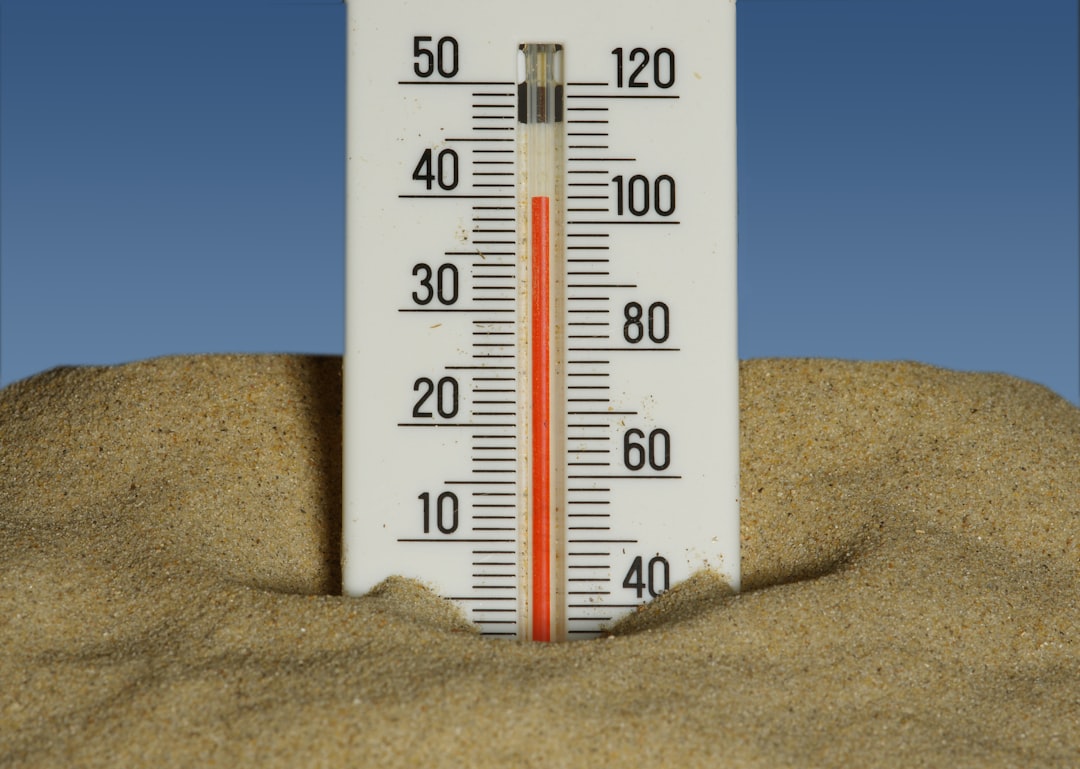
While flooding impacts the Northeast, states in the Southeast—including Arkansas, eastern Tennessee, Mississippi, Louisiana, and parts of Oklahoma, Texas, Alabama, Georgia, Florida, South Carolina, and North Carolina—are under extreme heat warnings and advisories. Heat indexes could soar as high as 116 degrees in southeast Georgia and South Carolina.
Background: A Summer of Deadly Floods
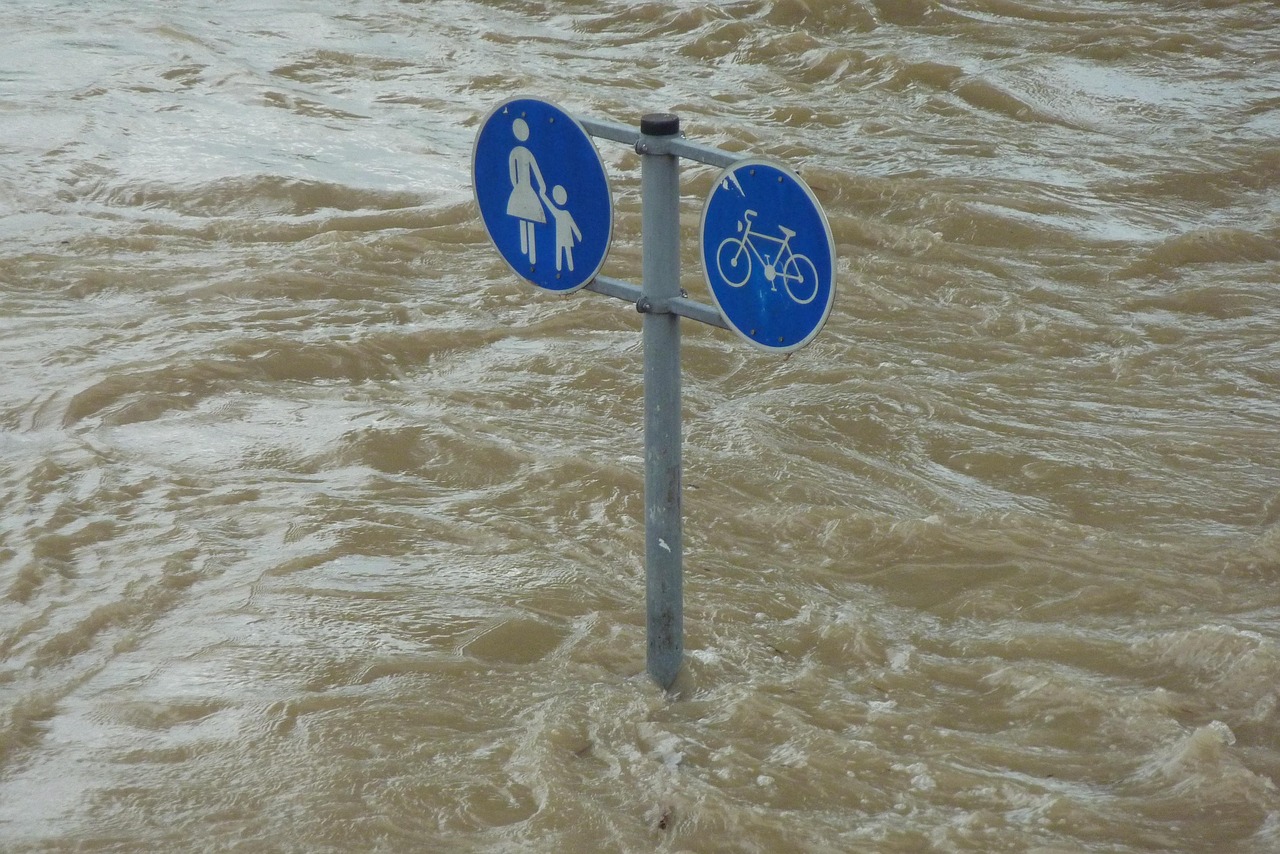
This summer has seen a notable increase in flash flooding nationwide, driven by intense rainfall and atmospheric moisture. Texas was hit especially hard, with over a foot of floodwater raising river levels dramatically and killing more than 130 people in Kerr County on July 4. Other deadly floods struck North Carolina and New Mexico, resulting in additional loss of life and missing persons.
